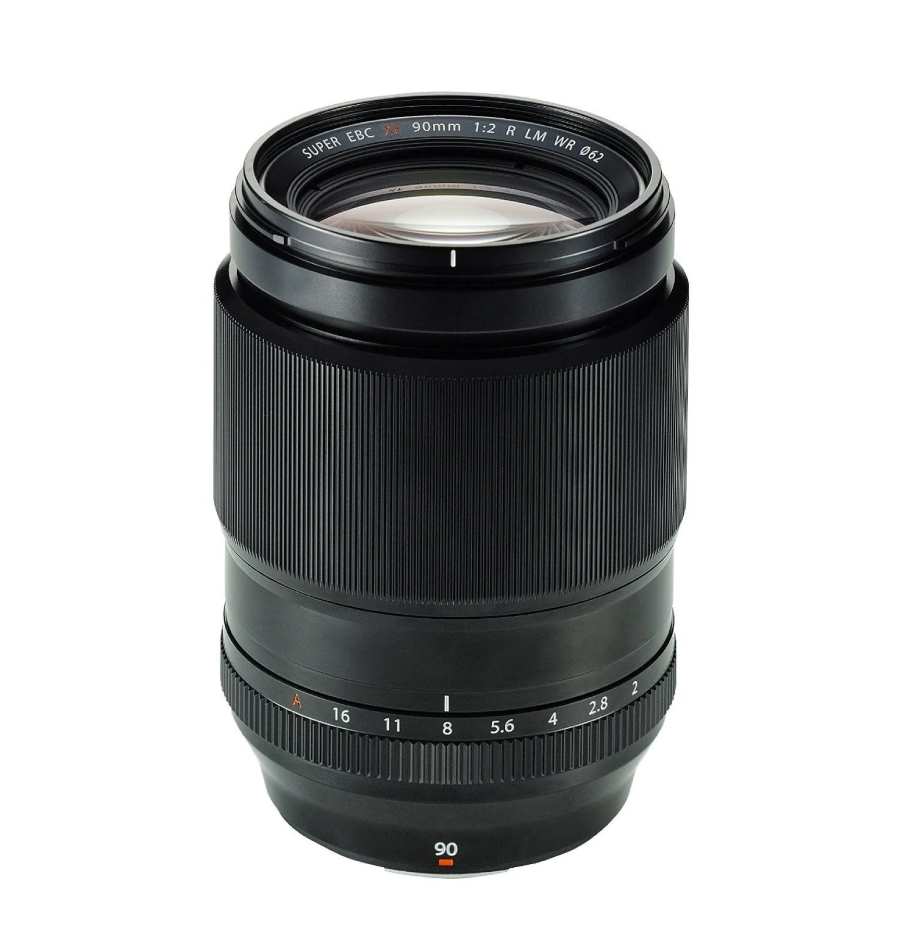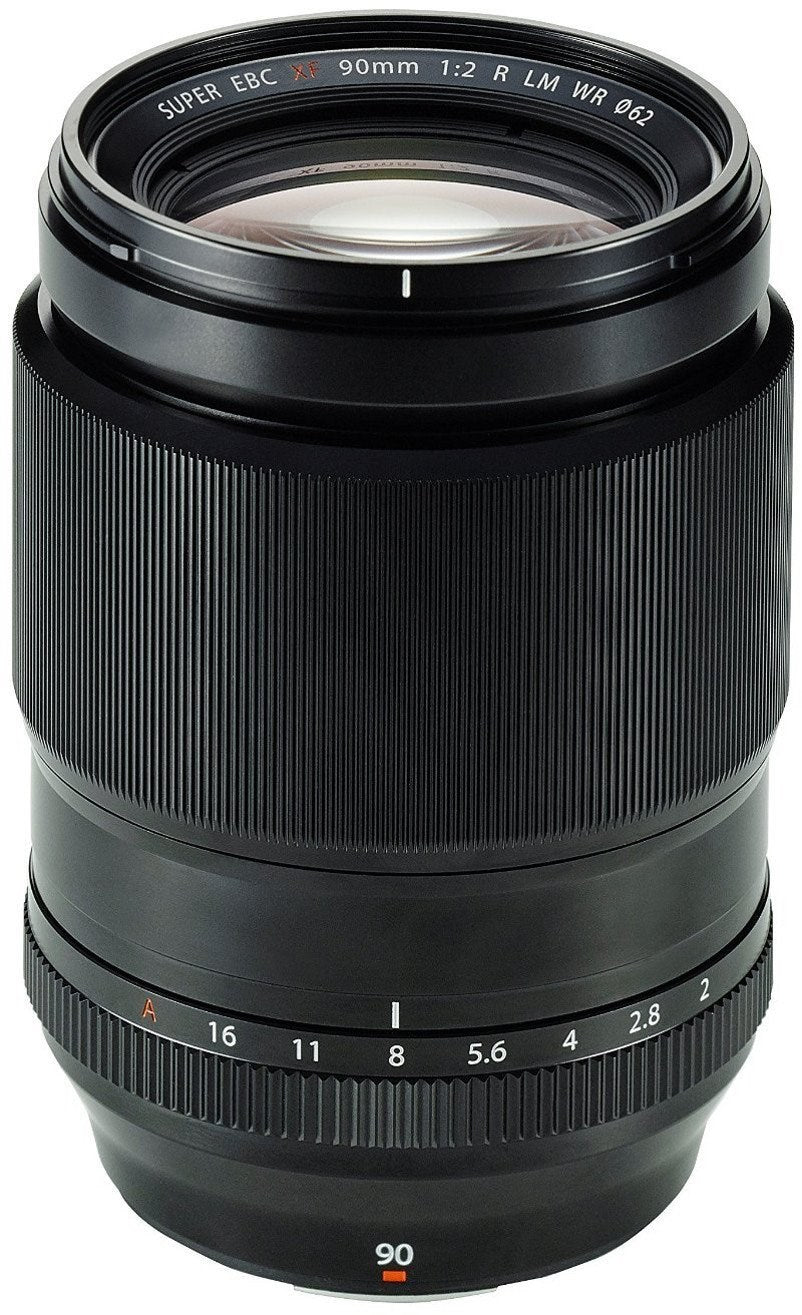Product Description
Fujifilm 90mm F2.0 XF Telephoto Lens for Fujifilm X Mount
- Professional prime lens
- Delivers beautiful bokeh and sharp images
- Maximum aperture of F/2.0
- Great for sports and portraiture
- Quad Linear Motor - fast, quiet autofocus
- 60cm minimum working distance
- Weather, dust, freeze resistance
- Lightweight (540g) and compact for travel
- 11 elements / 8 groups
- 62mm filter thread
- X-series lens mount
Ultra-sharp images even at the maximum aperture
The optical construction comprises 11 elements in 8 groups, including three ED (extra low-dispersion) elements, which reduces chromatic aberrations to deliver sharp, rich images even at the widest aperture of F2.0.

Beautiful bokeh
The rounded aperture blades combined with an optical construction designed to minimize vignetting creates beautiful circular bokeh right to the edge of the image. In addition, stunning depth is possible in images thanks to the differentiation between the razor-sharp subject and the bokeh in front and behind it.
High-speed autofocus as fast as 0.14sec thanks to a newly-developed Quad Linear Motor
A linear motor is fast, quiet and accurate, but here four magnets are used for higher torque. The high-speed autofocus provides a more versatile shooting experience, allowing users to quickly react to subtle changes in a subject's facial expression.

Close focusing to 60cm and 0.3x magnification (35mm format equivalent)
The close focusing capabilities of the FUJINON XF 90mm F2 R LM WR allow you to isolate key parts of a subject so you can shoot dramatic portraits or close-ups of flowers and insects
Weather, Dust, and Freeze Resistance
The lens features a weather- and dust-resistant structure with seven seals on the lens barrel. It can also work in temperatures as low as -10°C. This keeps the lens protected from rain, dust and splashes of water when shooting outdoors.
Lightweight and compact
The lens weighs approx 540g, and is compact too, with a filter thread measuring just 62mm. The combined weight with the XF 56mm F1.2 R is less than 1kg – great news for portrait photographers who want to travel light and still shoot with prime lenses for sharp images and strong bokeh.


























